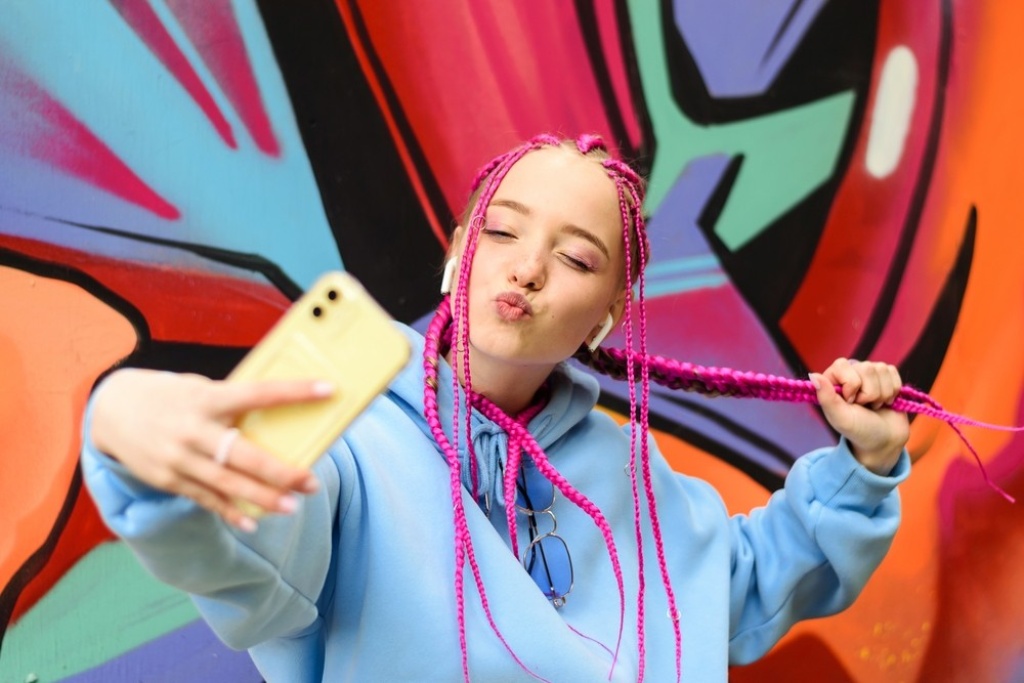
If you don’t have a photo of you running through a flower field or haven’t shared your skin care routine yet, are you even an influencer?
Getting paid to travel the world and receive free stuff whilst ’influencing’ the masses is attracted to almost anyone – so it’s no surprise there are plenty of wannabe influencers out there.
How much influencing do influencers really do though – and will they even benefit your business? Keep reading for our guide to utilising Influencers, including the risks and opportunities.
The risks:
Large Instagram influencer engagement is on the decline.
“The engagement rate for sponsored posts fell to 2.4% in Q1 2019 from 4% three years earlier. The rate for non-sponsored posts slid to 1.9% from 4.5% for comparable periods” (Mobile Marketer)
With Instagram shifting to become a healthier platform and discouraging users to measure self-worth through likes, the engagement rate of large influencers is likely to continue to decline.
Content isn’t on brand.
“47% of customers are tired of inauthentic influencer content” (Bazaarvoice)
Often brands can run the risk of partnering with an unsuitable influencer, causing them to align themselves with the wrong audience or give off the wrong impression online. Brands should position themselves with influencers who already/would use their product or service, regardless of a partnership.
Fake followers and wasted money.
A new report found that fake followers will cost advertisers $1.3 billion by the end of 2019. (Cheq) The figure was predicted through the fraudulent figure of 15% of influencers buying fake followers in an $8.5 billion market.
With a huge portion of influencers holding fake or paid for followers, be sure to invest time into researching the person of interest and keep a close eye on their engagement. If the influencer has a following of 100k, and only gets 10 comments, something’s not right…
The rewards:
Touch your potential customers at the most relevant place.
The average Australian aged between 14-24 years spends two hours on social media every day. (Roy Morgan, 2019)
Spending more time on the internet than any other forms of media (television, radio, newspapers and magazines), it has become clear that for most brands, this is the most relevant place to connect with your audience.
Influence greatly with small influencers.
“Influencers between 1,000 and 5,000 followers have the highest engagement rate, at 8.8%.” (Mobile Marketer, 2019)
Micro-influencers often have a more authentic audience, consisting of their friends, families and third connections. Mimicking a word-of-mouth strategy, utilising micro-influencers is typically more successful as the audience trusts the person marketing.
Rather than aiming your arrow at an influencer with many 0’s attached to their follower account, why not invest smartly and opt for multiple micro-influencers instead?
Build trust & drive purchasing decisions.
With over 85% of Gen Z use social media to learn about new products and 40% of people making purchases after seeing an influencer campaign, there is no denying that social media is the platform to market your product or service. (Mediakix & Adweek)
Partner with the right people who truly represent your brand & attract the right people, and the advantages will outweigh the potential costs and risks. It’s not a matter of whether to use social media for a marketing, but how and who.
Did you know we engage in Influencer campaigns? Get in touch to see how we can help grow your business’s digital footprint.

Getting paid to travel the world and receive free stuff whilst ’influencing’ the masses is attracted to almost anyone – so it’s no surprise there are plenty of wannabe influencers out there. How much influencing do influencers really do though – and will they even benefit your business? Keep reading for our guide to utilising Influencers, including the risks and opportunities.

ChatGPT is only a few months old but it’s already taken the internet by storm. Even Mark Zuckerberg was caught off-guard and has now ditched his mighty Metaverse plans* to concentrate on what many people think is our next big leap. But, as with any new technology, you need to balance the excitement with a healthy dose of realism.
Recently we had Pedro, a 16-year-old intern join us for some work experience. While he learned about the various aspects of placing ads and creating social content for brands, we picked his brains for insights about his generation and how they think. It’s one thing to read the research on Gen Z, but this was a great opportunity to get the lowdown straight from the horse’s mouth.
